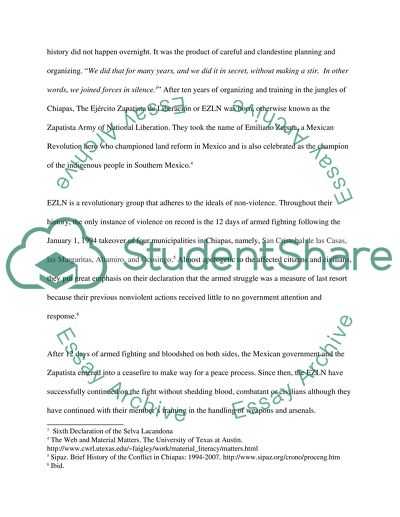Cite this document
(“How has the Zapatista Army of National Liberation contributed to Research Paper”, n.d.)
Retrieved from https://studentshare.org/family-consumer-science/1424716-how-has-the-zapatista-army-of-national-liberation
Retrieved from https://studentshare.org/family-consumer-science/1424716-how-has-the-zapatista-army-of-national-liberation
(How Has the Zapatista Army of National Liberation Contributed to Research Paper)
https://studentshare.org/family-consumer-science/1424716-how-has-the-zapatista-army-of-national-liberation.
https://studentshare.org/family-consumer-science/1424716-how-has-the-zapatista-army-of-national-liberation.
“How Has the Zapatista Army of National Liberation Contributed to Research Paper”, n.d. https://studentshare.org/family-consumer-science/1424716-how-has-the-zapatista-army-of-national-liberation.


